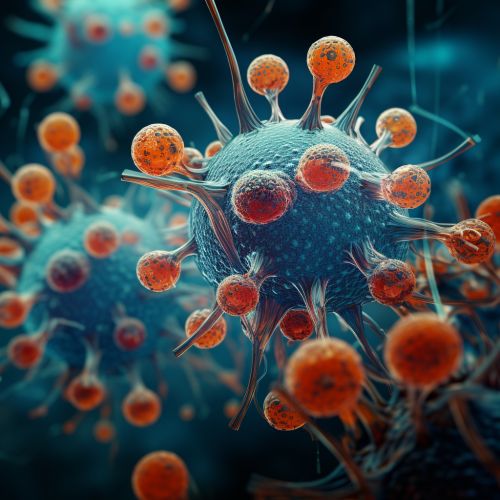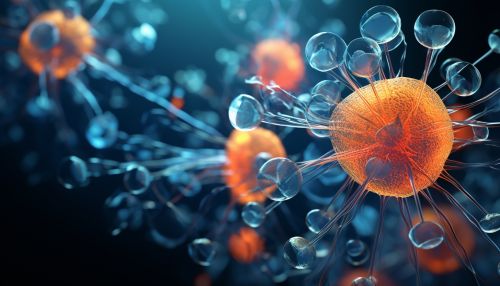The Role of Induced Pluripotent Stem Cells in Regenerative Medicine
Introduction
Induced pluripotent stem cells (iPSCs) are a type of pluripotent stem cell that can be generated directly from adult cells. The iPSC technology was pioneered by Shinya Yamanaka’s lab in Kyoto, Japan, who showed in 2006 that the introduction of four specific genes encoding transcription factors could convert adult cells into pluripotent stem cells. He was awarded the 2012 Nobel Prize along with Sir John Gurdon "for the discovery that mature cells can be reprogrammed to become pluripotent."


Generation of iPSCs
The generation of iPSCs involves the introduction of four specific genes, or "Yamanaka factors": Oct3/4, Sox2, c-Myc, and Klf4. These factors are introduced into the cells using viral vectors, such as retroviruses. The cells are then cultured in a medium that supports the growth of embryonic stem cells. Over time, some of the cells in the culture become iPSCs. These cells can then be isolated and expanded.
Characteristics of iPSCs
iPSCs share many characteristics with embryonic stem cells (ESCs). Like ESCs, they are pluripotent, meaning they can give rise to every cell type in the fully formed body, but not the placenta and umbilical cord. These cells are incredibly valuable because they offer a renewable source for studying disease mechanisms, drug testing, and potential cell-replacement therapies.
iPSCs in Regenerative Medicine
The potential applications of iPSCs in regenerative medicine are vast. They can be used to generate patient-specific cell populations, which could then be used for cell replacement therapy. This could potentially overcome the problems of immune rejection and the need for immunosuppression, which are commonly associated with allogeneic stem cell transplants.


Challenges and Future Directions
While the potential of iPSCs in regenerative medicine is vast, there are still many challenges to be overcome. One of the main challenges is the risk of tumorigenesis. The same factors that allow iPSCs to proliferate and differentiate also make them potentially tumorigenic. Another challenge is the efficiency of iPSC generation and differentiation. Current methods are still relatively inefficient and can be time-consuming.
Despite these challenges, the field of iPSC research is rapidly advancing, and future research will likely continue to improve the efficiency and safety of iPSC generation and differentiation.
